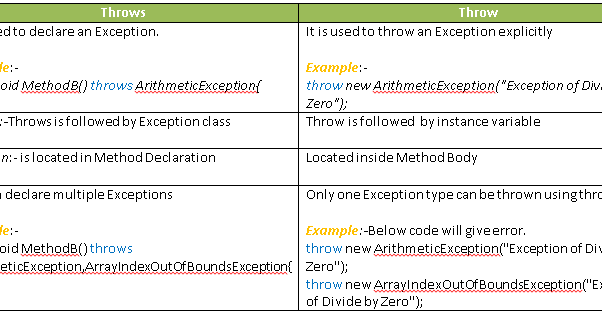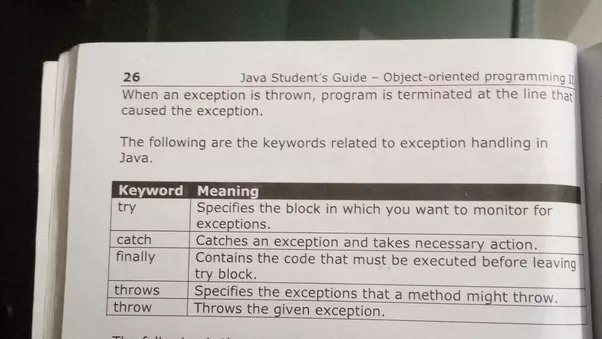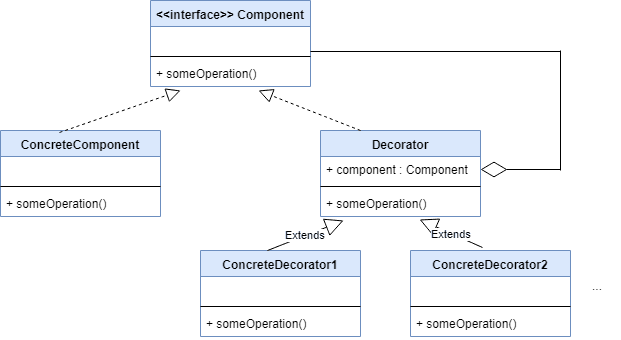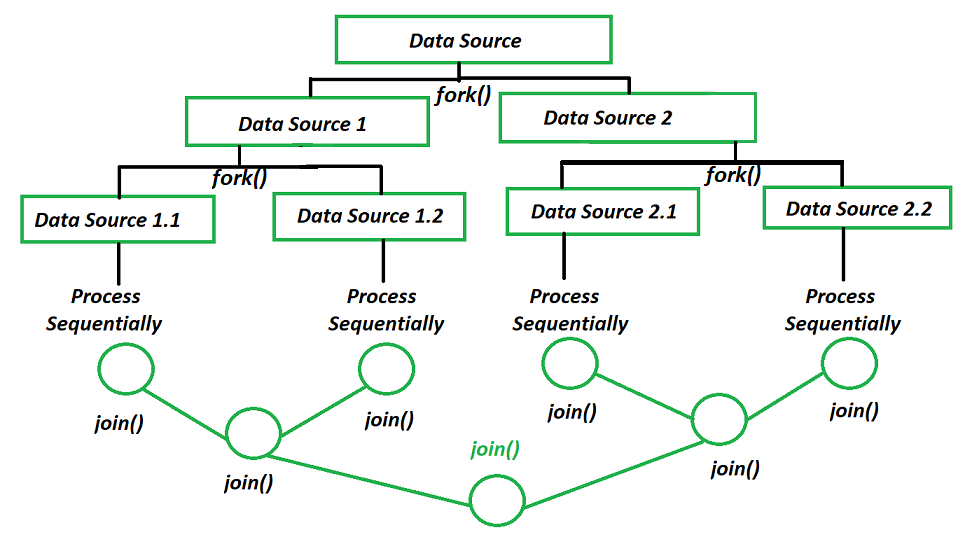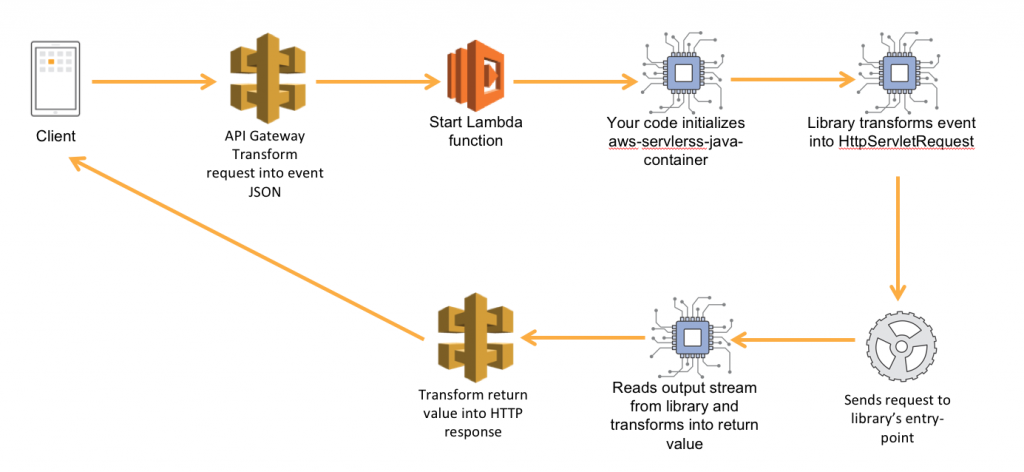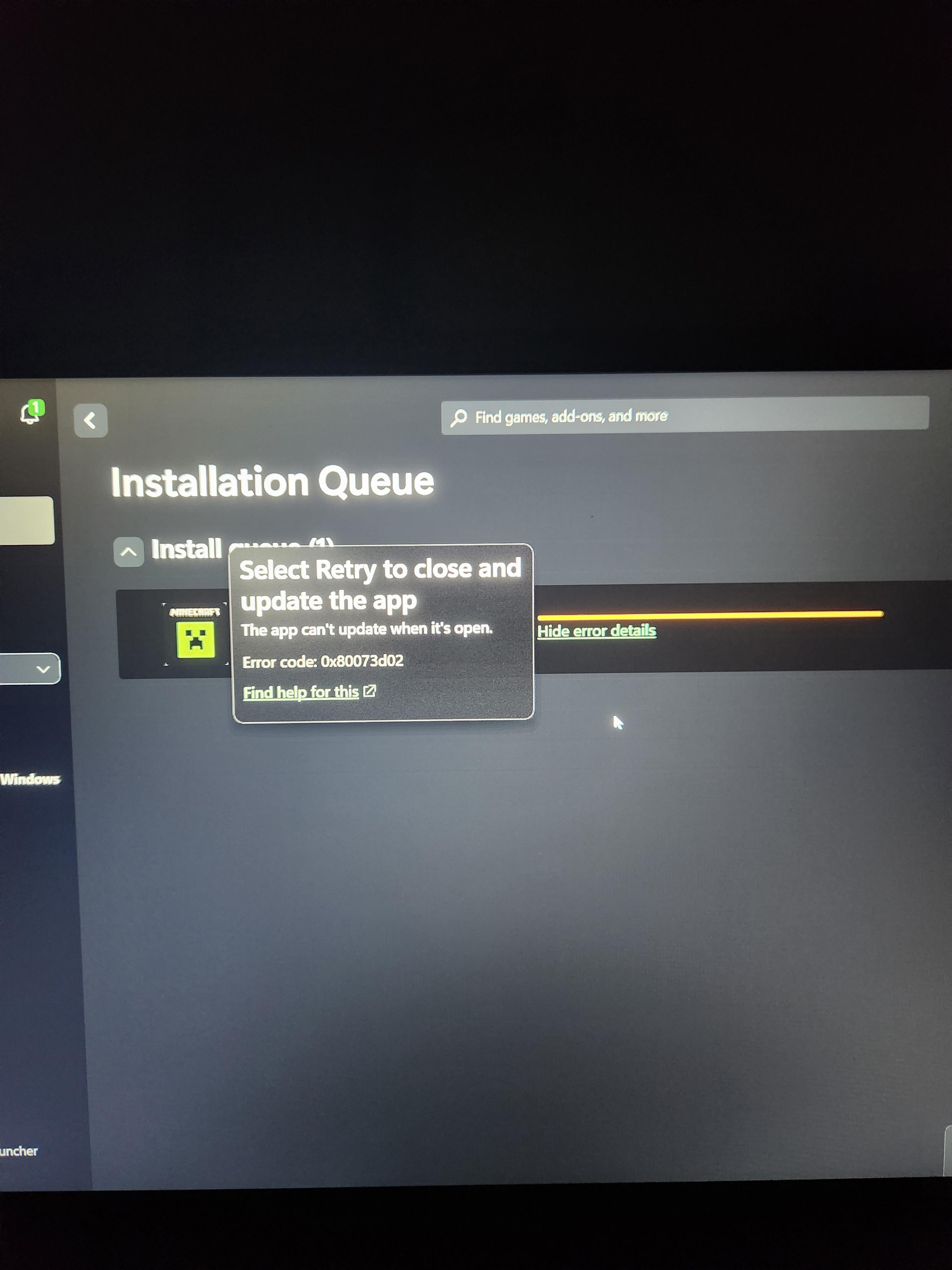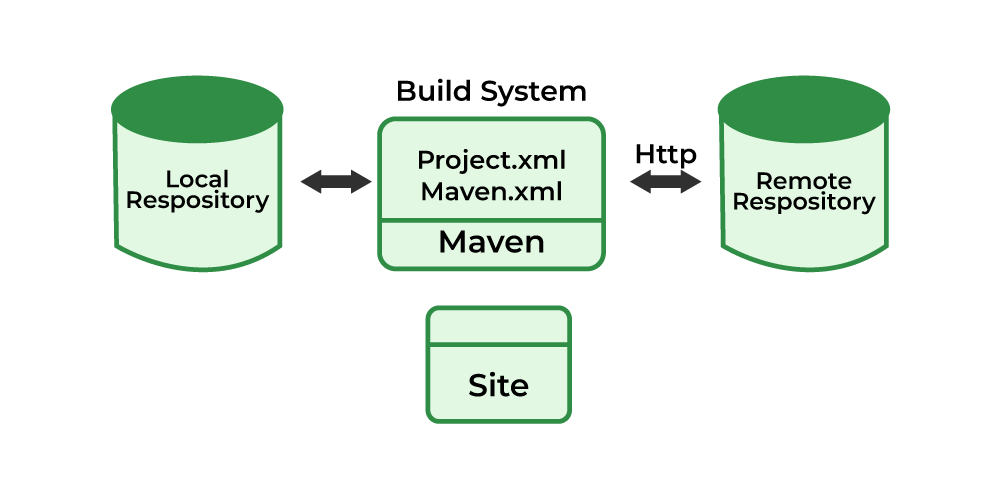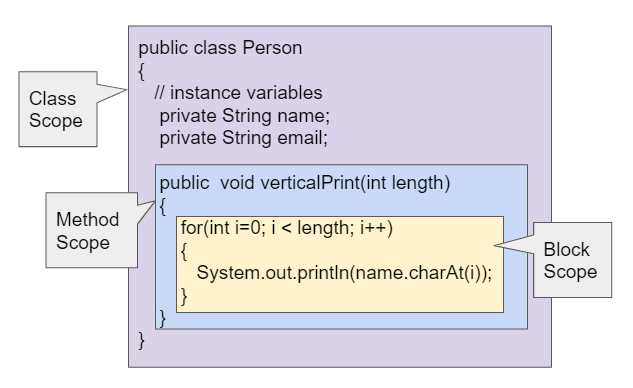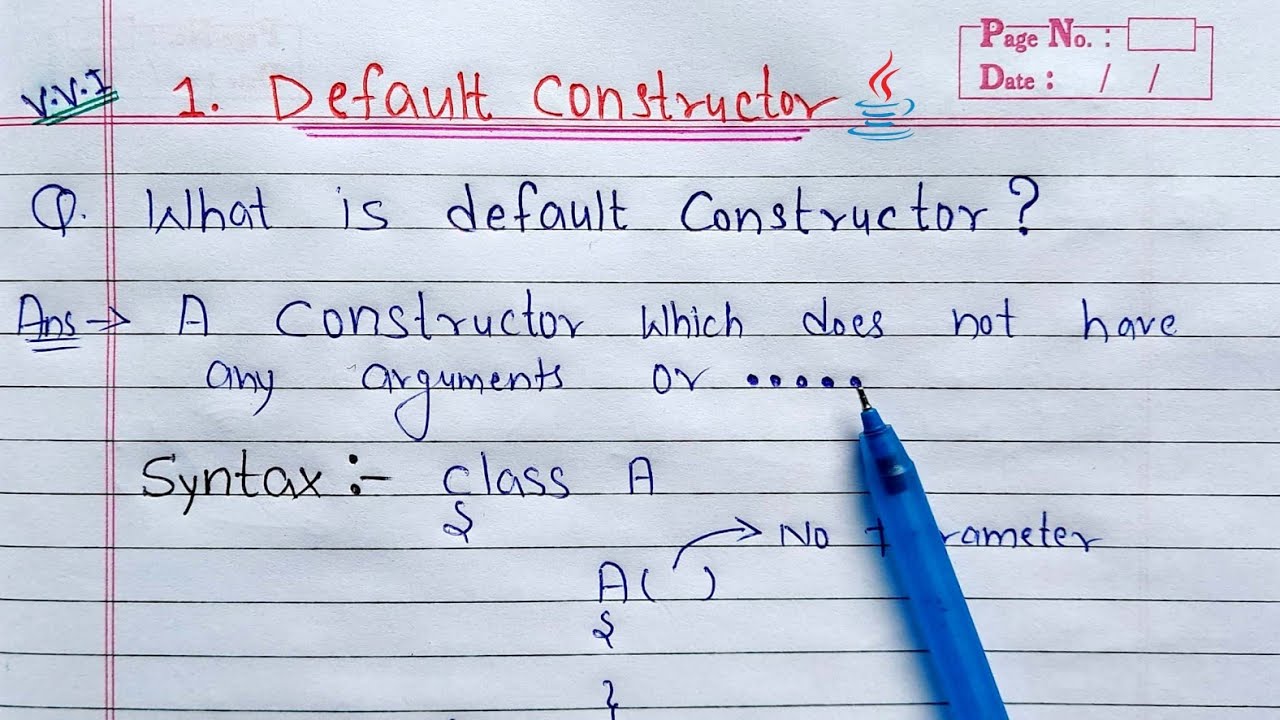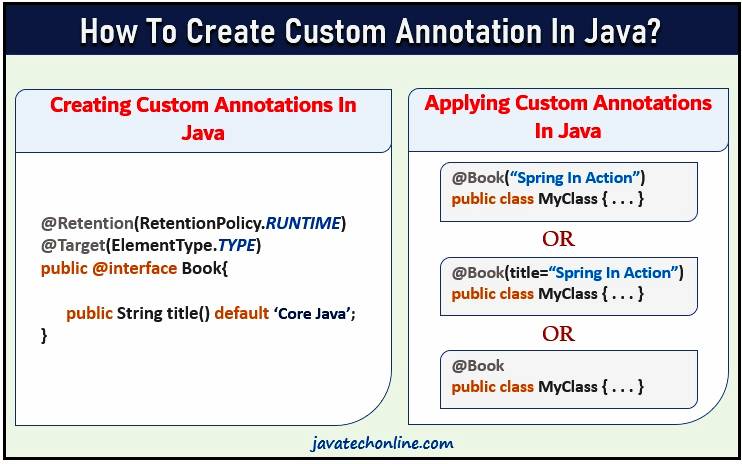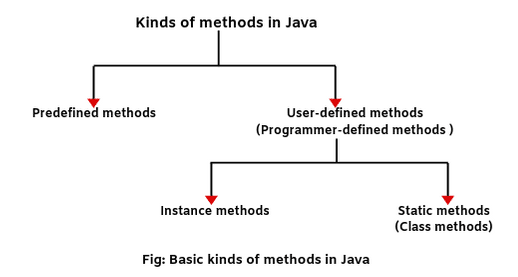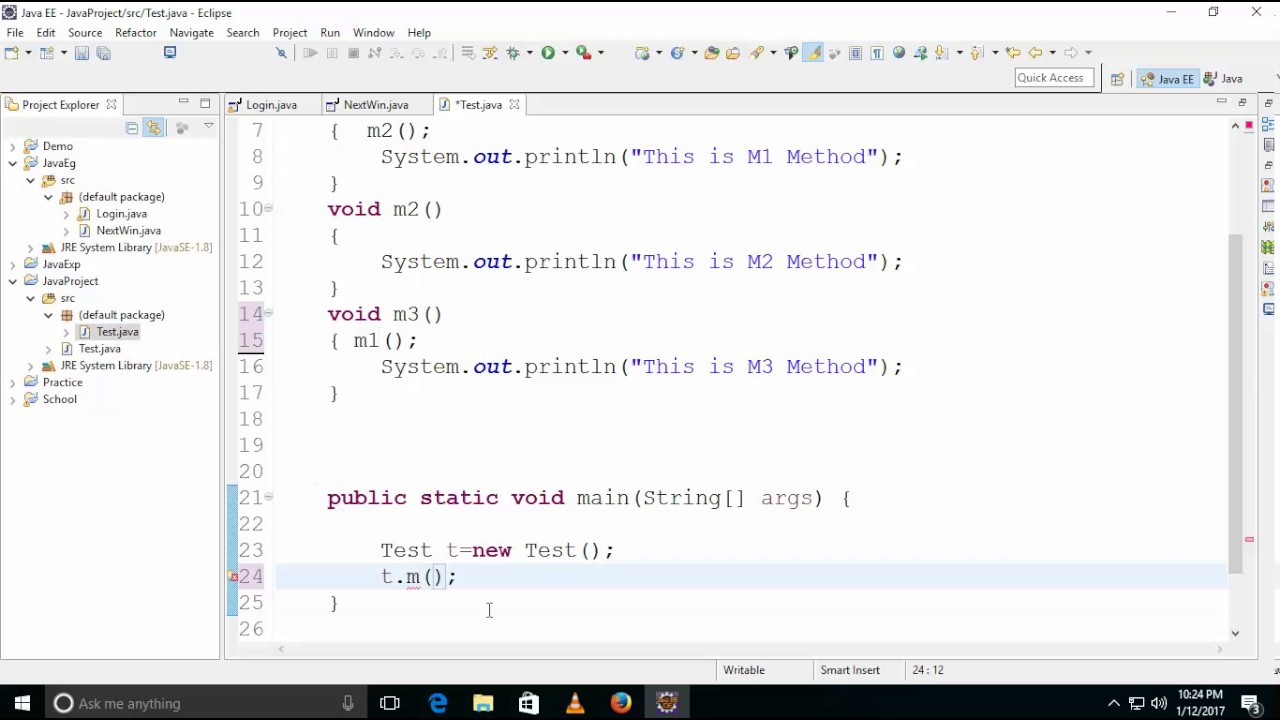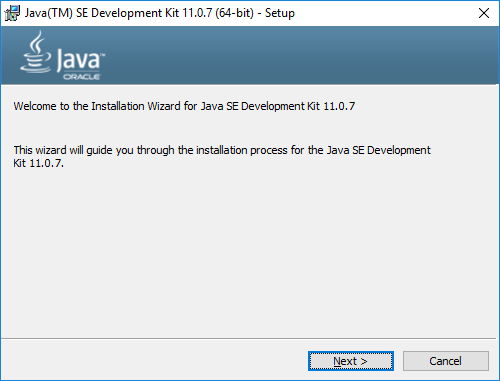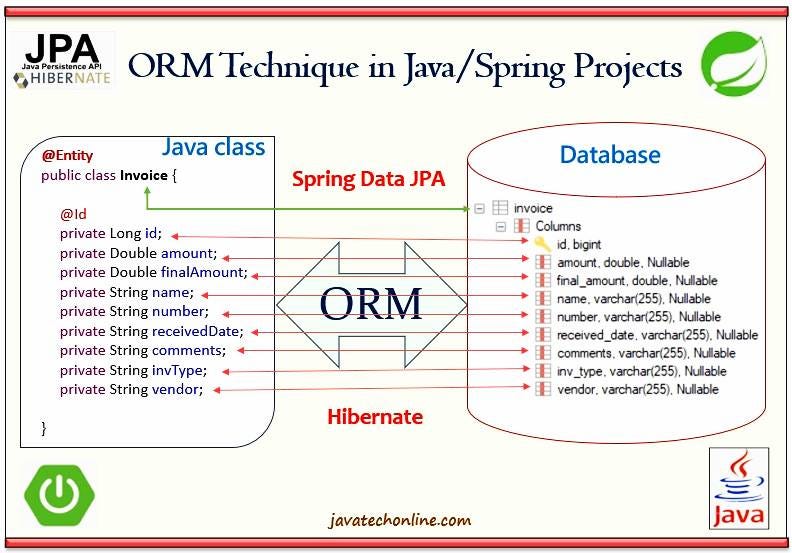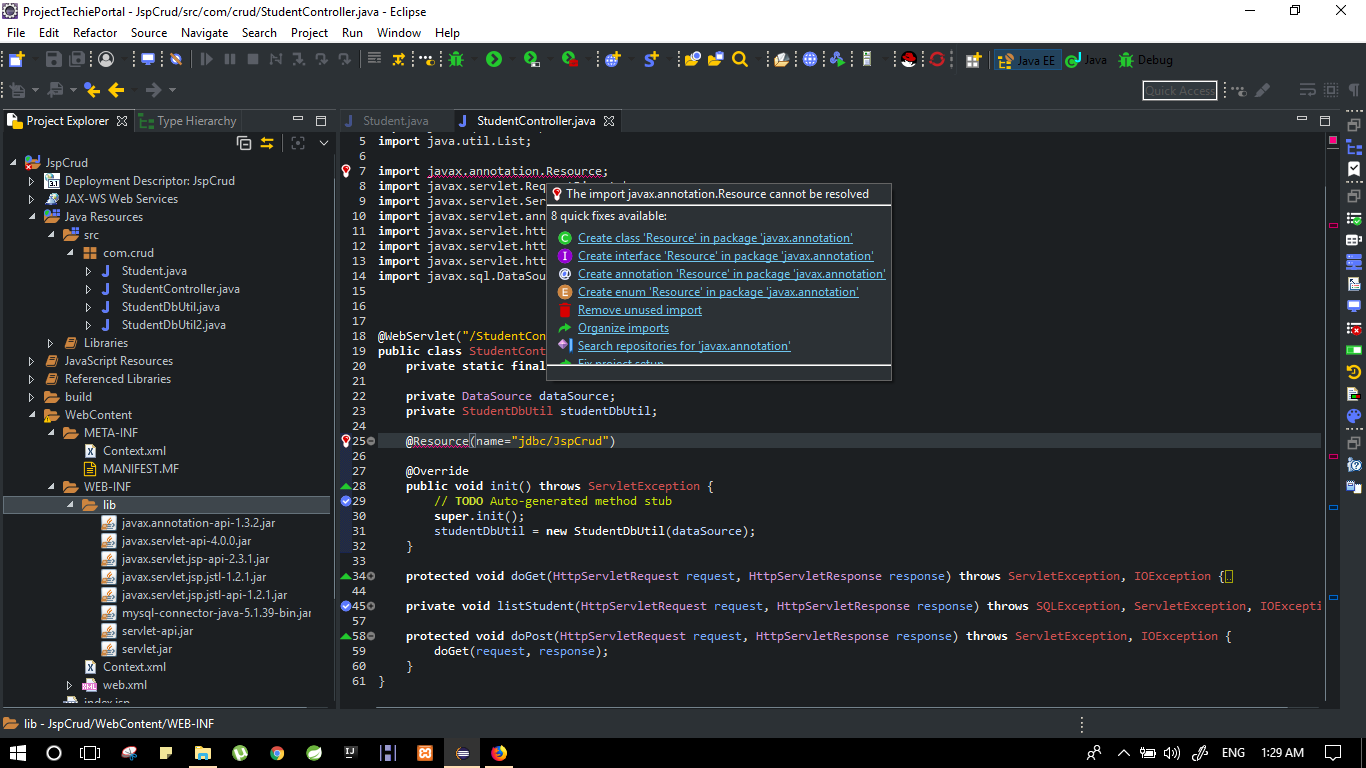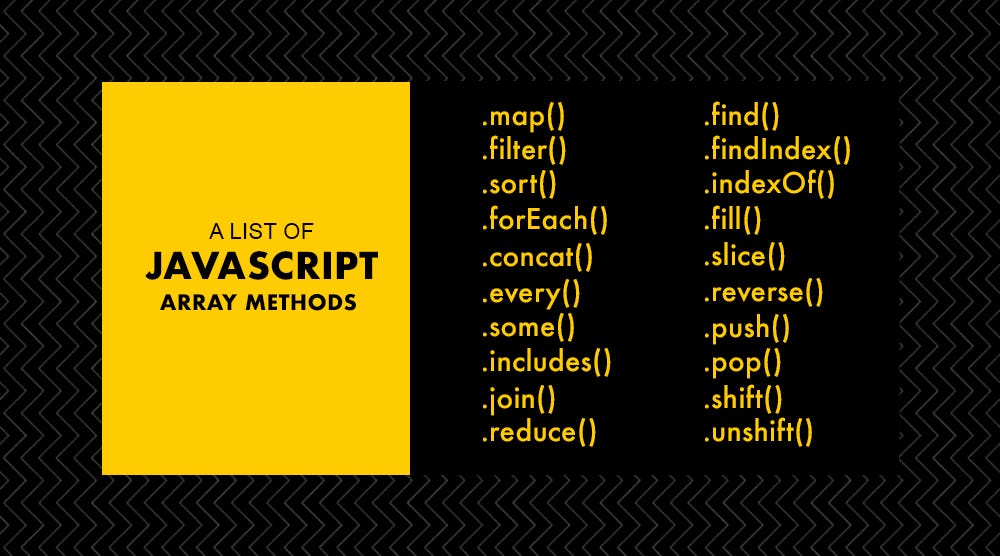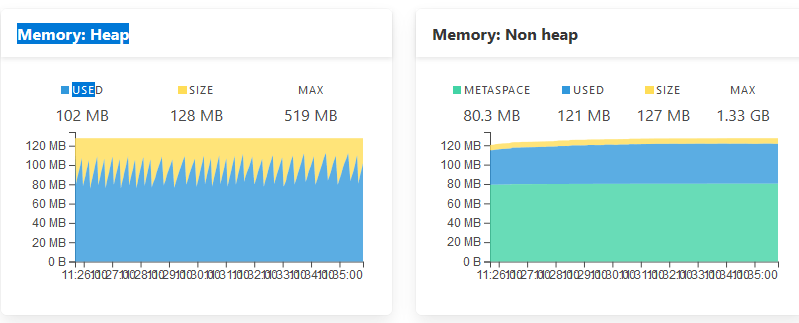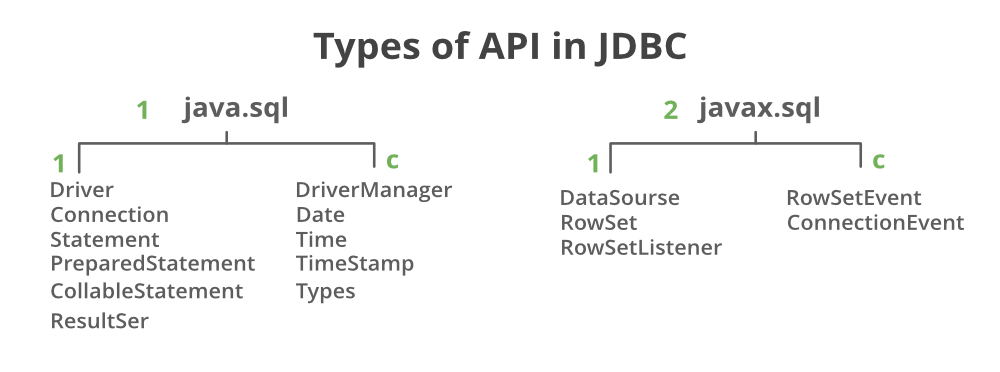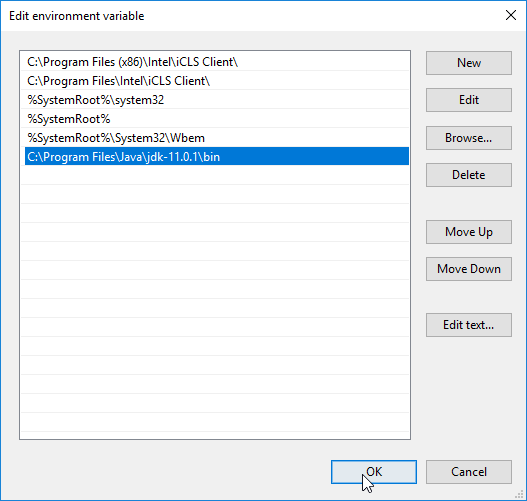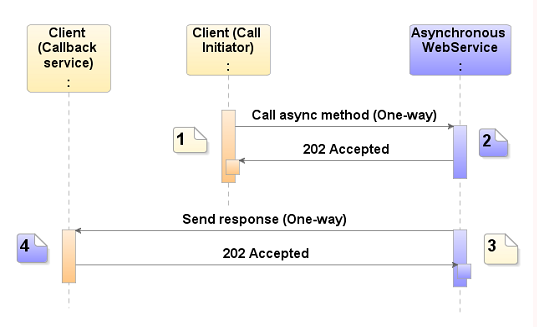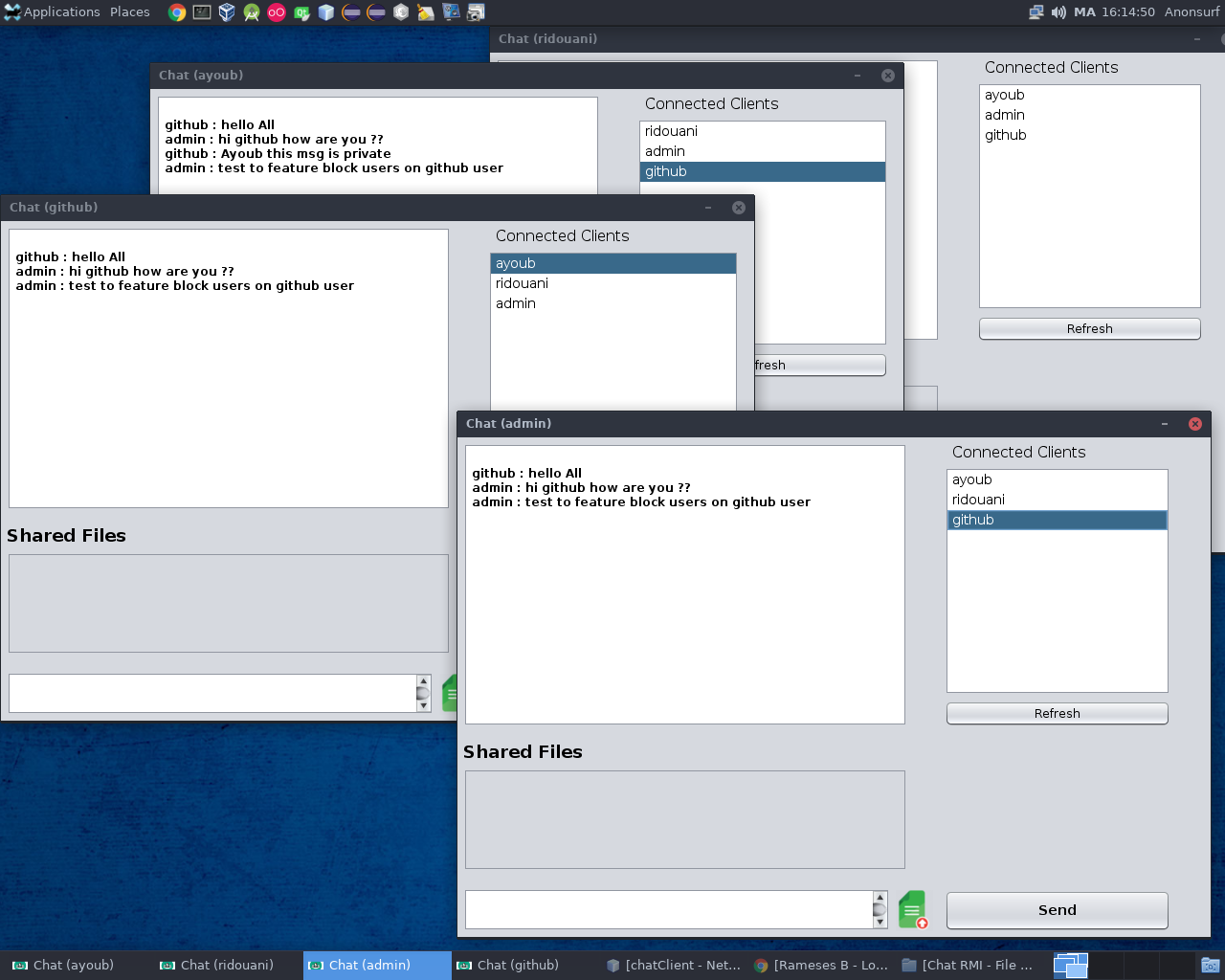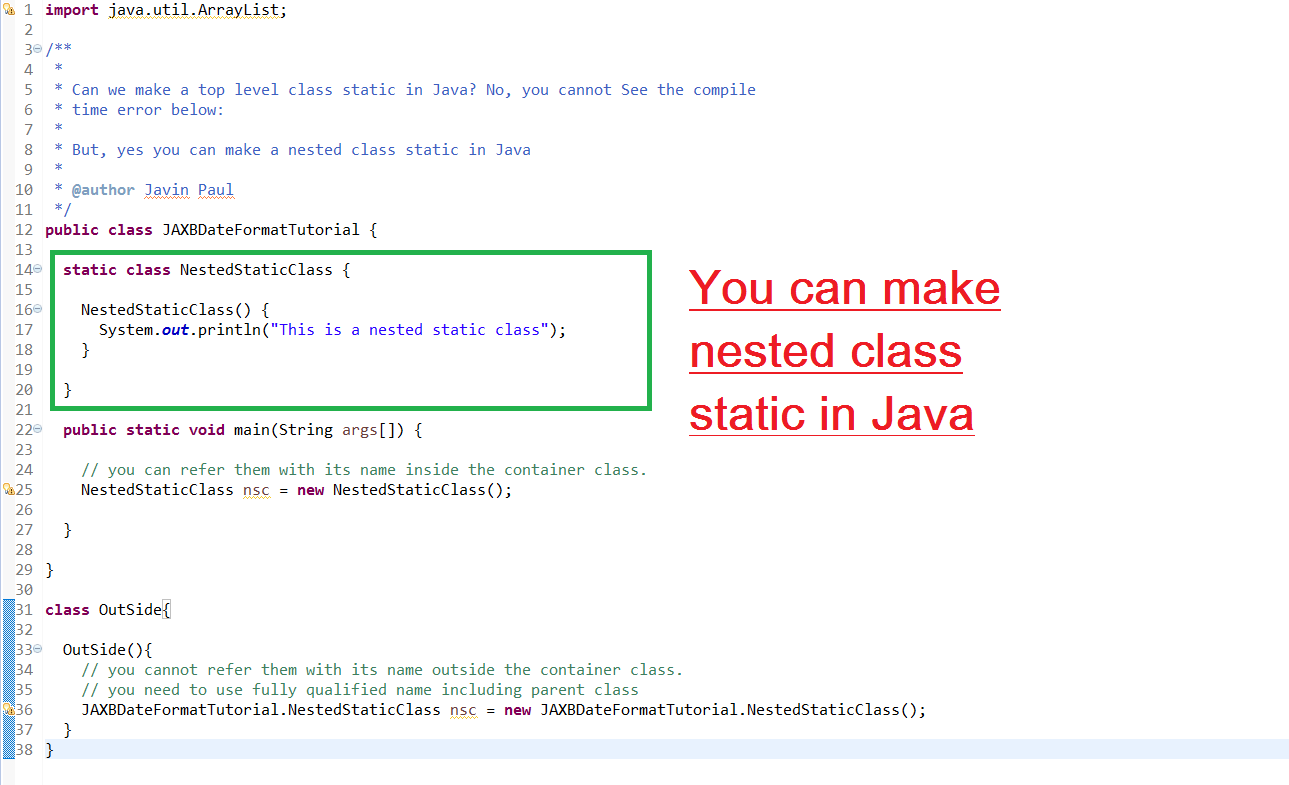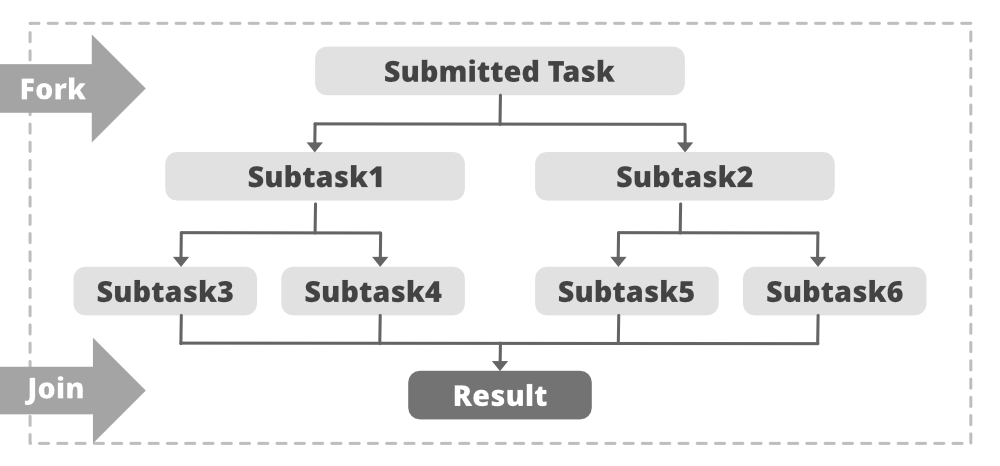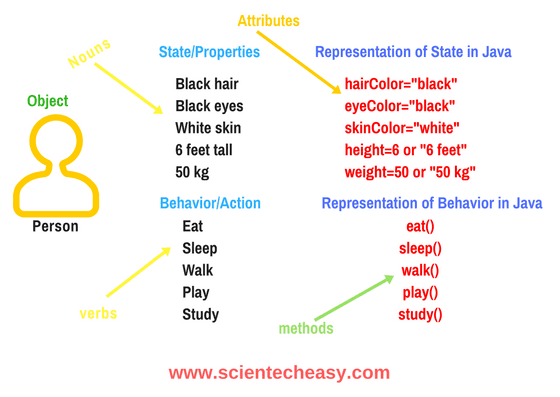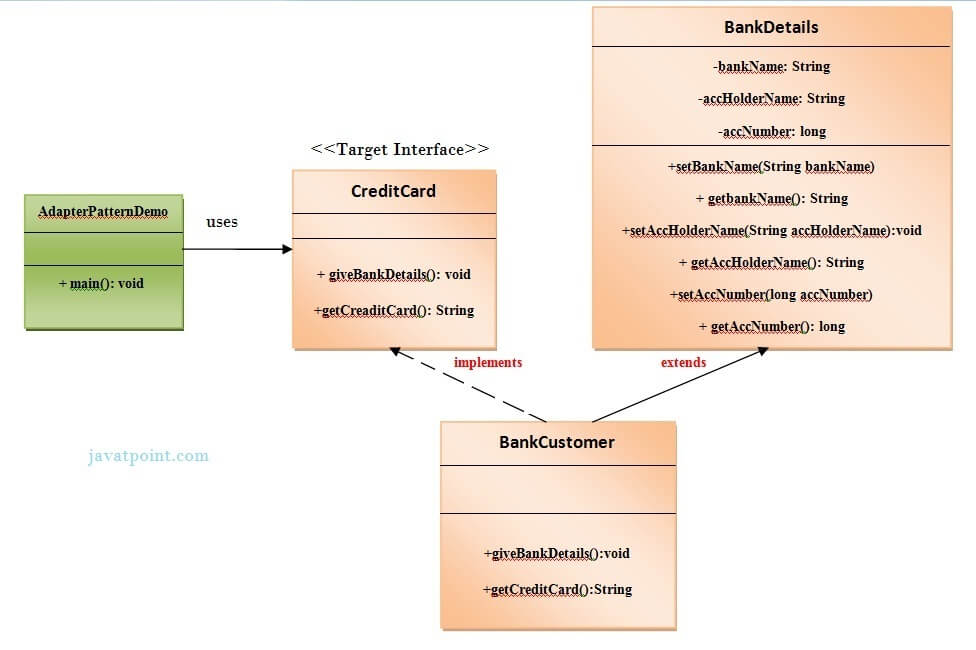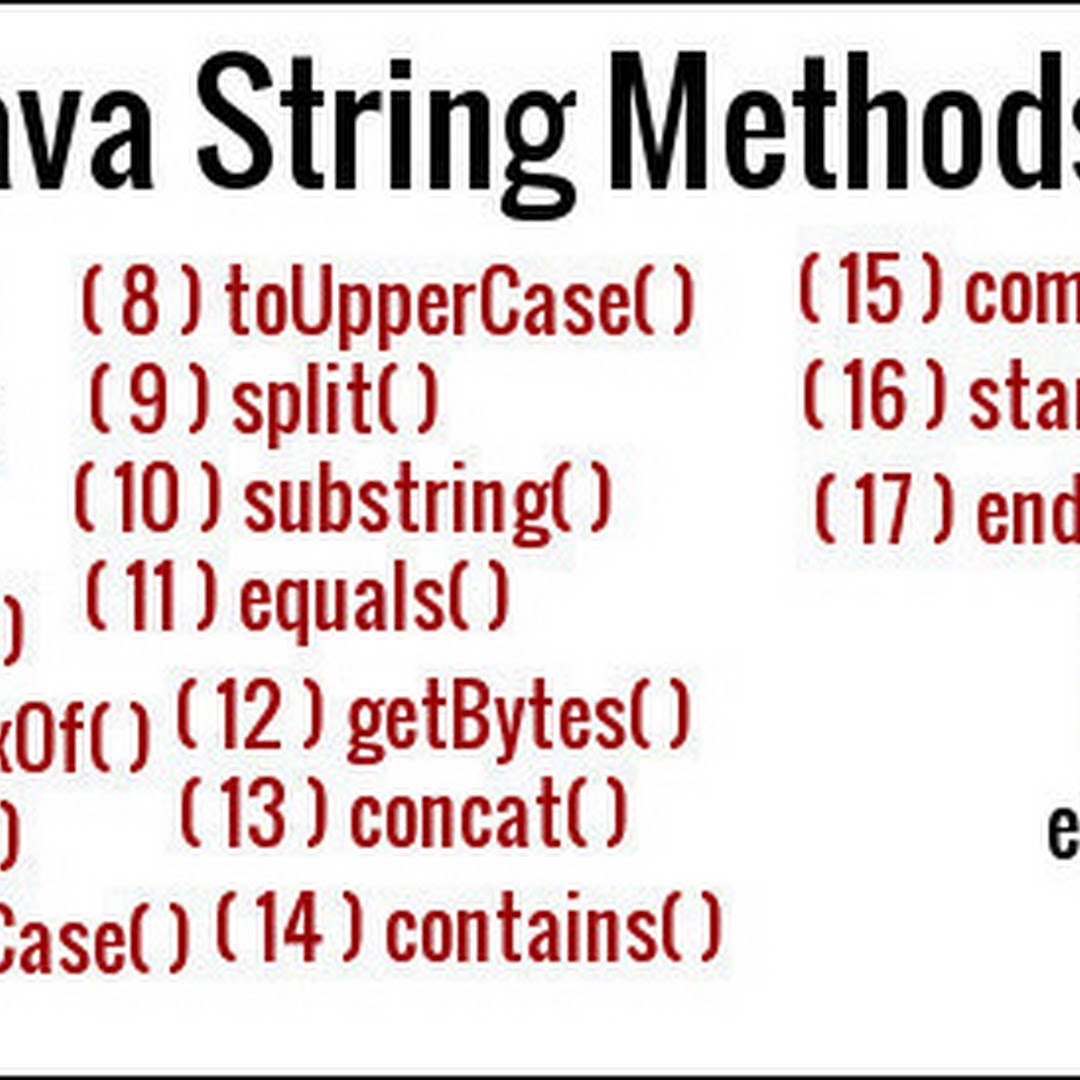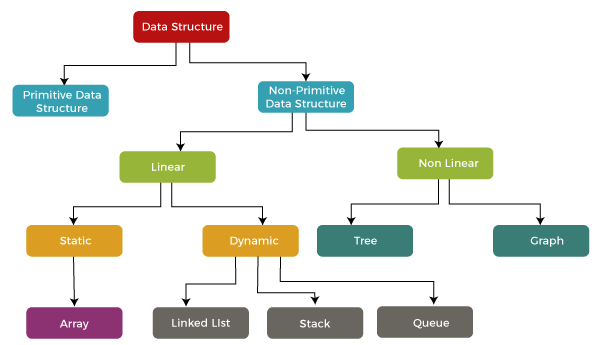When to use try catch vs throws in Java?
When to use try catch vs throws in Java?
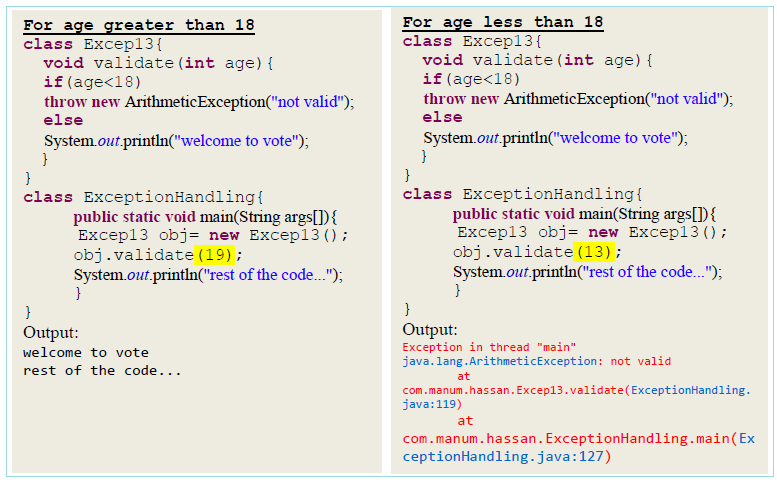
I'm happy to respond in English for you!
When it comes to error handling in Java, developers often face a dilemma: whether to use try-catch blocks or the throws keyword. Both approaches have their own strengths and weaknesses, which we'll explore in this answer.
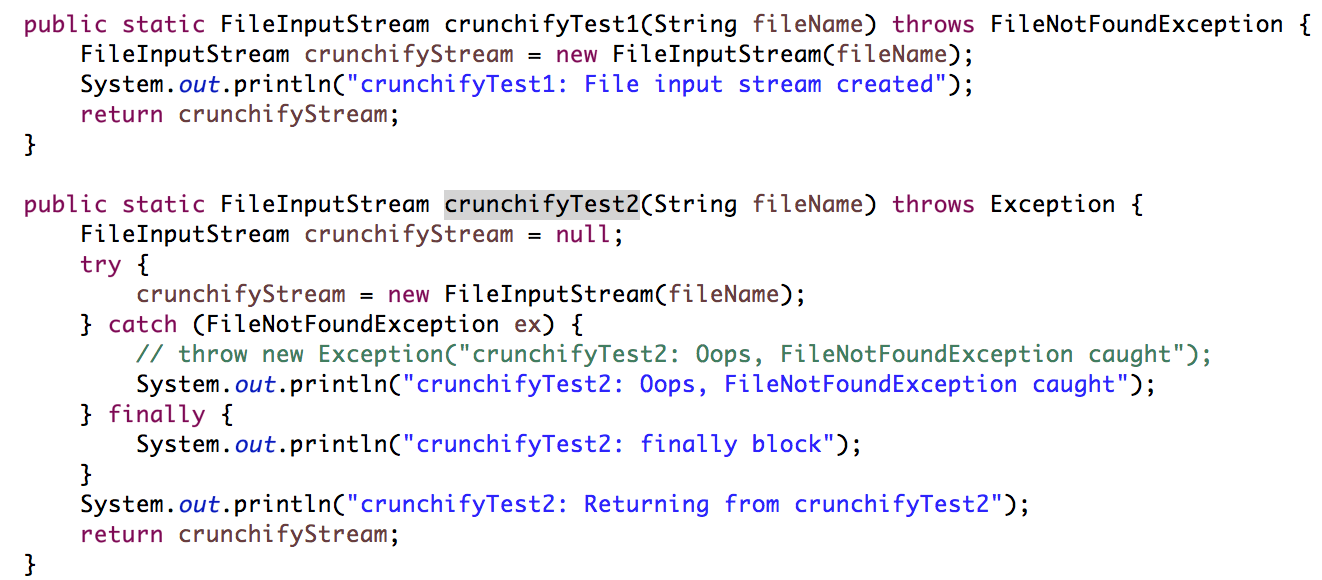
Try-Catch Blocks
A try-catch block is used to catch exceptions that occur within the try block. The basic syntax is as follows:
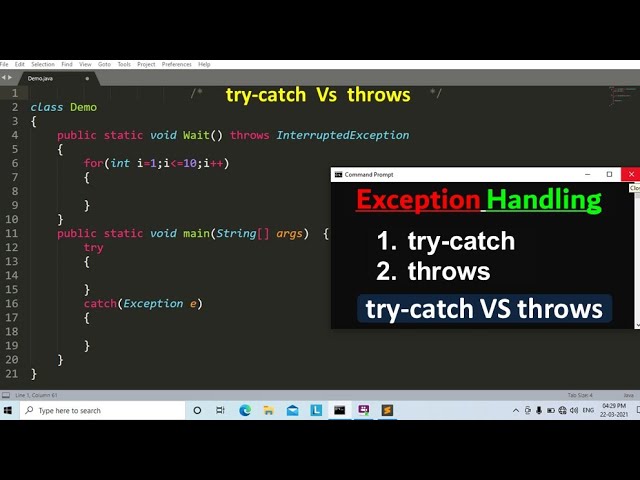
try {
// code that might throw an exception
} catch (ExceptionType e) {
// handle the exception
}
Here's how it works:
Thetry block executes the code, and if an exception occurs, the execution jumps to the catch block. The catch block receives the exception object (e) as a parameter. You can handle the exception by logging it, re-throwing it, or doing something else.
Pros:
Easy to implement and understand Can catch multiple exceptions with different handlersCons:
Code becomes verbose when using multiple try-catch blocks Can lead to "deep nesting" if not carefully managedThrows Keyword
The throws keyword is used to declare that a method may throw an exception. The basic syntax is as follows:
public void myMethod() throws ExceptionType {// code that might throw an exception
}
Here's how it works:
When calling the method, you must handle the exception (e.g., usingtry-catch or re-throwing). The method is responsible for throwing the exception if it occurs. You can choose not to catch the exception and let it propagate up the call stack.
Pros:
Encourages method encapsulation and separation of concerns Allows you to delegate error handling to a higher levelCons:
Can lead to "undeclared exception" warnings in IDEs (Java 7 and earlier) Requires careful documentation to ensure that callers are aware of potential exceptionsWhen to Use Each Approach
Usetry-catch when: You want to handle exceptions locally within a method or block. The exception is specific to the current code path, and you can handle it effectively. Use throws when: You're writing a method that may throw an exception due to external factors (e.g., database connection issues). You want to delegate error handling to a higher level or rely on caller-specific error handling.
Best Practices
Usetry-catch for local error handling. Use throws for encapsulating exceptions and delegating error handling. Document your methods clearly, including any declared exceptions. Test your code thoroughly to ensure that exception handling is working as expected.
In summary, both try-catch blocks and the throws keyword are valuable tools in Java's arsenal of error handling techniques. By understanding when to use each approach, you'll be better equipped to write robust, maintainable code that effectively manages exceptions.
When should we use try catch in Java?
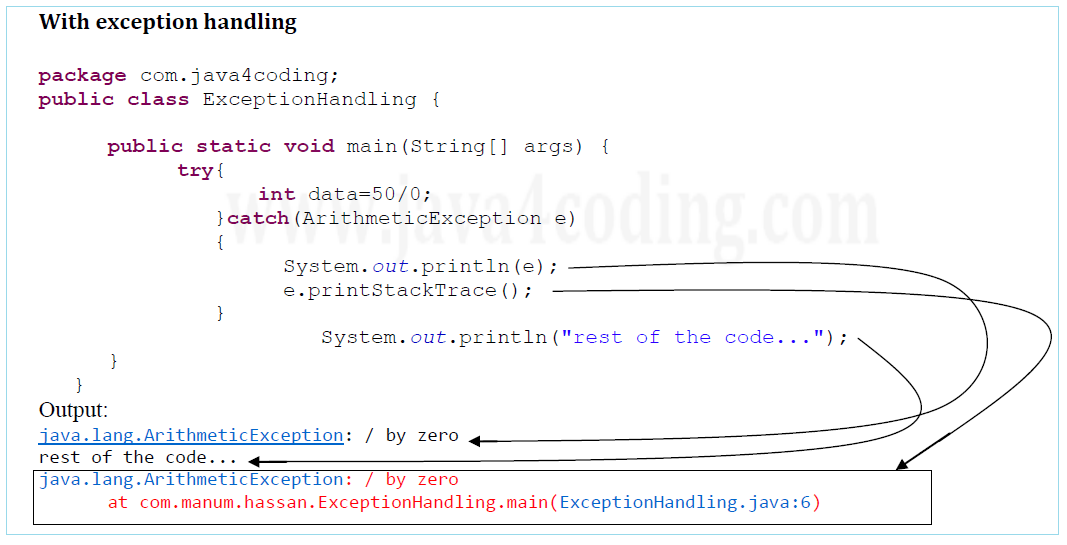
I apologize for the misunderstanding earlier! Here's a detailed response in English:
In Java programming, it is essential to understand when to use try-catch blocks effectively. A try-catch block is used to handle runtime exceptions that may occur during program execution.
When to Use Try-Catch:
Handling Runtime Errors: When you're performing operations that have the potential to throw runtime exceptions, such as file I/O or network operations, you should use atry-catch block to catch and handle these errors.
For example, suppose you're trying to read a file:
File file = new File("example.txt");try (BufferedReader reader = new BufferedReader(new FileReader(file))) {
String line;
while ((line = reader.readLine()) != null) {
System.out.println(line);
}
} catch (FileNotFoundException e) {
System.out.println("The file was not found!");
} catch (IOException e) {
System.out.println("An I/O error occurred!");
}
In this example, the try block attempts to read a file. If an exception occurs (e.g., the file is not found), the catch block will handle it and print a suitable error message.
try-catch block can help you achieve this:
int attempts = 0;while (attempts < 3) {
try {
// code that may throw an exception
} catch (Exception e) {
System.out.println("Error occurred. Retrying...");
attempts++;
}
}
In this example, the program will retry the operation three times if an exception occurs.
Logging and Debugging: Atry-catch block can also be used for logging purposes:
try {// code that may throw an exception
} catch (Exception e) {
System.out.println("Error occurred: " + e.getMessage());
}
In this case, the program will log the error message when an exception occurs.
Best Practices:
Be Specific: When catching exceptions, be specific about the type of exception you're trying to catch. This can help reduce the scope of potential issues. Log and Handle Exceptions: Always log and handle exceptions effectively. Do not ignore them or let them propagate further up the call stack. Avoid CatchingException: Try to avoid catching the generic Exception class, as it can catch unexpected errors that may be difficult to diagnose. Use Multi-Catch Blocks: Java 7 introduced multi-catch blocks (catch multiple exceptions in a single catch block). This can help reduce code duplication and improve readability.
In conclusion, try-catch blocks are essential in Java programming for handling runtime exceptions. By understanding when and how to use them effectively, you can write robust and reliable code that can recover from unexpected errors.
